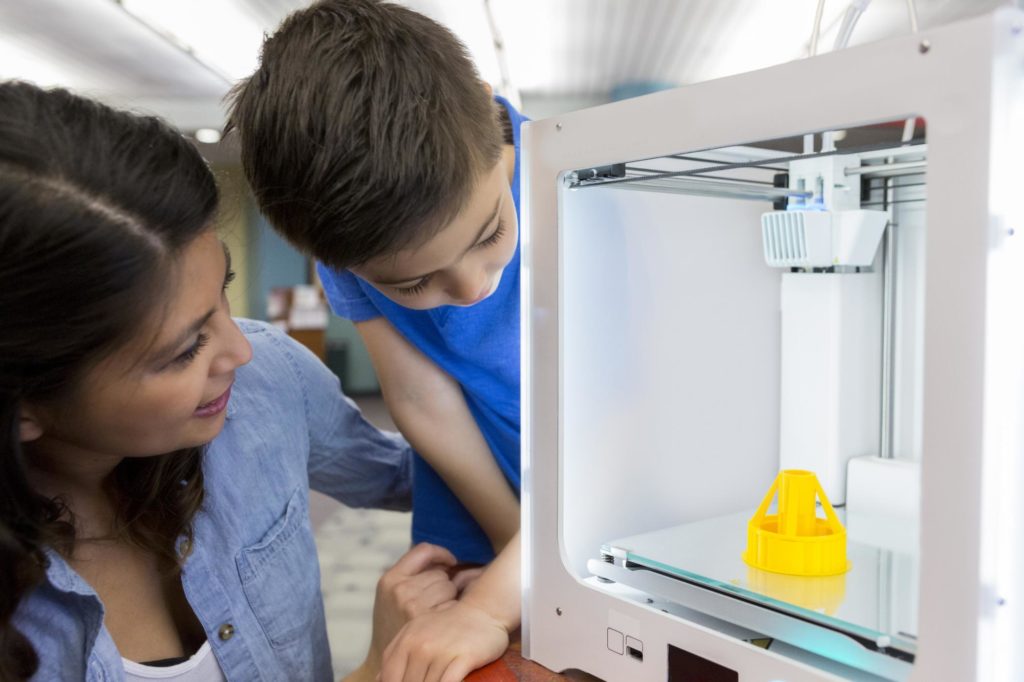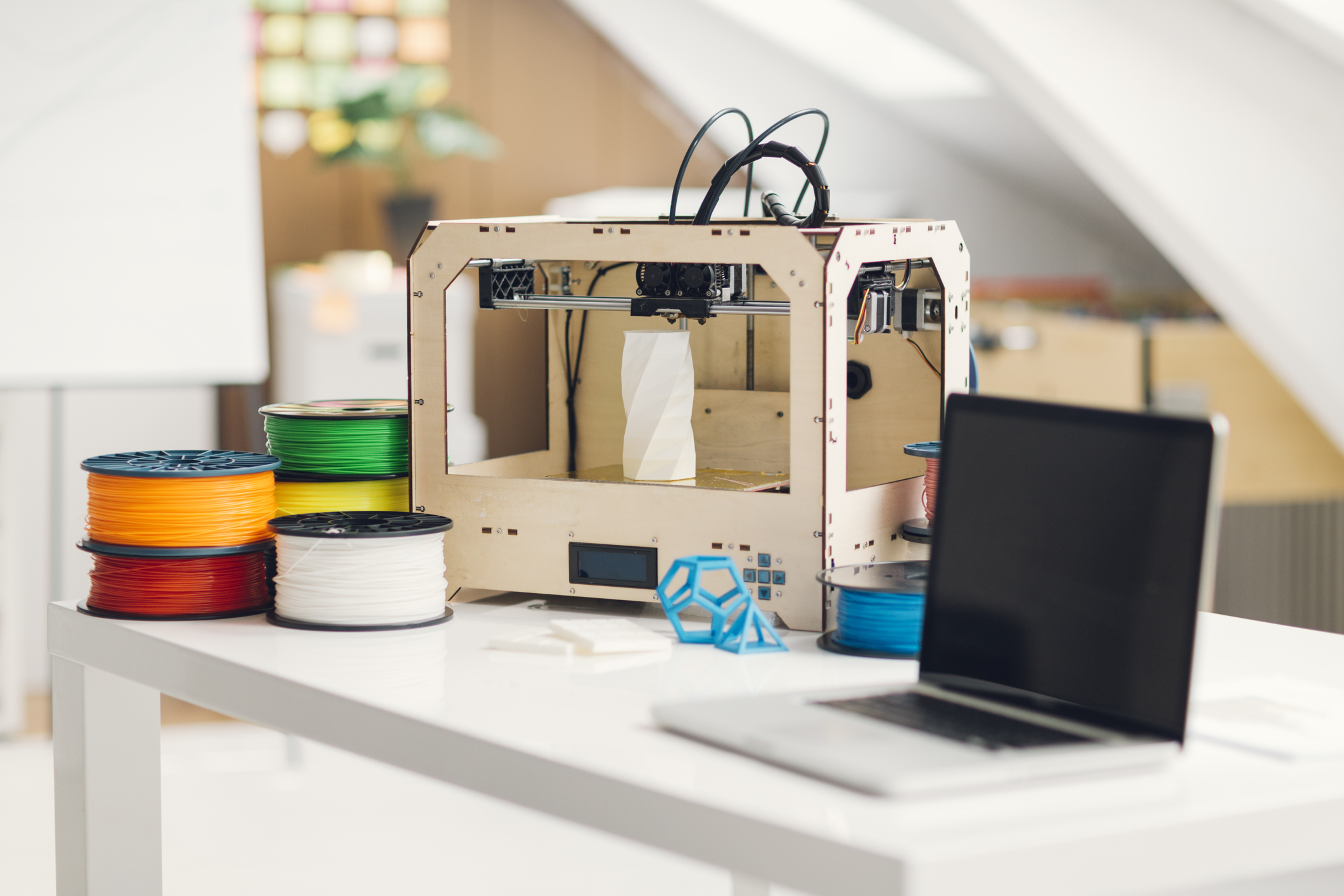Earlier last month, surgeons at St Paul's Hospital performed an ankle replacement for a Cloverdale resident using a 3D printed bone. The first procedure of its kind in Western Canada, it saved the patient all of his ten toes — something doctors had originally decided to amputate due to the severity of the motorcycle accident.
Maker Faire Vancouver Co-producer, John Biehler, may not be using his 3D printer for medical breakthroughs, but he does see a subtle connection between his home 3D printer and the Health Canada-approved bone.
“I got into 3D printing to make fun stuff and gadgets,” John says of the box-sized machine that started as a hobby and turned into a side business. “But the fact that the very same technology can have life-changing and life-saving applications is amazing.”
When John showed up to Maker Faire Vancouver seven years ago, opportunities to access this hobby were limited. Armed with a 3D printer he had just finished assembling the night before, John was hoping to meet others in the community with similar interests to build, experiment and create. Much like the increase in accessibility to these portable machines has changed over the years—with universities, libraries and makerspaces making them readily available alongside CNC Machines, laser cutters and more — John says the excitement around crafting and tinkering has skyrocketed as well.

“The kind of technology that inspires people to print a bone or spinal insert all starts at ground zero in places like a Maker Faire where people get exposed to STEAM,” John says, citing “art” as one of the more vital letters in the acronym. While science, technology, engineering and math are often rooted in problem-solving; art, he argues, is the space in which interaction, engagement and challenge can take place. This revelation came about when John and his community started hosting demos at Science World.
“It was a much more hands-on crowd than we were used to,” he says, revealing that the team had to go back to the drawing board to re-imagine how to engage with attendees who were both playful and curious. Applying art to technical fields isn’t about making it more fun, however. John sees it instead as an essential element in tapping back into our human abilities so we can ground our technical applications into something useful. “You can be a great engineer, for example, but not great at thinking outside the box,” John explains. “Art is what gets [you] to think creatively and differently than if you were just relying on a traditional background.”
The makers, designers and creatives of Makers Making Change, for example, embody this very mindset as they apply the same critical and solutions-oriented methodologies to design and create customized items and tools for people with disabilities. “It’s a way makers can use their skill in ways they didn’t consider and help the community at the same time,” says John of the organization which has been a regular attendant at Maker Faire Vancouver over the past few years.
“I encourage people to come with an idea or project, even if it’s not fully baked. Bring it in half-cooked, show and explain it. Maybe people who you interact with at this fair will help you figure out the next stage.”
Part science fair, part county fair and part something entirely new.
Maker Faire Vancouver will be hosted at Science World on Saturday, September 14. From 3D printing enthusiasts like John to knitters, metal artists and roboticists, this one-day event will facilitate cross-pollination between hobbyists, small businesses, artists and tinkerers — and create a space for what John calls “pure joy moments.”
